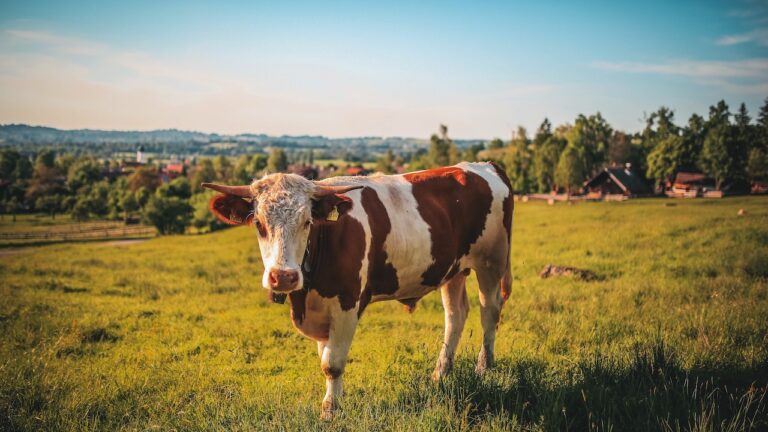
Massive animals similar to cows are sometimes bought quarter, half or entire by farmers.
It is a “particular sale” and your neighbor farmer has given the go-ahead for direct sale. Relying on the federal state, this could legally imply that you just purchase a “cow share” in distinction to particular person, particular sections. Technically, you are shopping for an animal “on the hoof” whereas it is nonetheless alive and earlier than a butcher can course of it.
Farmers typically require a deposit earlier than agreeing to reap the cow so as to take orders for a cow share. A farmer can due to this fact observe consumer orders, handle their stock, and coordinate processing appointments with a butcher. Your cow share is “weighed” (aka “hanging weight”) after the cow’s harvest earlier than being damaged down into particular items.
1 / 4 cow can weigh anyplace from 160 to 225 kilos (relying on age, breed and feed). Your value of this inventory would vary from $800 to $1125 if the hanging weight had been priced at $5 per pound. You’ll be able to count on your cow share to be divided, bagged, tagged and frozen.
Beneficial: Least expensive Groceries Listing: 47 low cost groceries to purchase when cash is tight
You ought to be conscious that whenever you purchase 1 / 4 cow, you are not simply paying for a single steak or roast, you are paying for the hanging weight of the animal. Count on to lose 25-40% of your cow lower within the 14-28 days of hanging (moisture loss however higher taste!) and slaughtering (eradicating pores and skin, gristle, bones, and so forth.).
For instance your quarter cow is 33% “lighter” than the preliminary hanging weight after the cuts and age. Meat to go would probably weigh between 120 and 160 kilos. (in relation to the unique weight minus 33%). This implies you could have 4-5 grocery baggage of varied cuts (together with New York steak, roast, and floor beef) and the calculation in your takeout meat is round $7-$8 per pound.
Full collapse
- There aren’t any extra fees for meat you’re taking residence.
- For instance, you pay $5 per pound of hanging weight. The quantity of meat that may be taken residence varies by breed, methodology of slaughter, size of hanging, and so forth.
- The burden of the animal hangings is calculated instantly after harvesting and hanging. Cows “dangle” 14-28 days after being weighed. That is the right alternative and enhances the style.
- Meat that may be taken residence weighs 25-40% lower than what’s hung. That is sometimes on account of moisture loss on hanging, breed (the ratio of meat to bone and non-meat), and waste produced by gristle, bone, and butchering.
- After the final take-home meat is weighed, the typical worth is decided and divided by the unique quarter share fee. Now we have charged take-home beef at $7-8 per pound for the aforementioned state of affairs. This consists of all the pieces from tenderloin and New York steaks to floor beef and roasts.
- There must be quite a lot of steaks, roasts, floor beef and stew meat. About half of your meat is used for floor beef and stew, 1/4 for roasts (chuck, shoulder, rump, roast beef, and so forth.) and 1/4 for steaks (roast beef, prime rib, T-bone, tenderloin). mignon, fillet, and so forth.).
Conclusion
Whether or not you purchase a complete cow or 1 / 4 cow is fully as much as you. In case you are a person dwelling alone, it could be unimaginable to buy an entire cow; Nonetheless, 1 / 4 cow can work only for you. Then again, a big, meat-eating household might discover that a complete cow does not even hold them year-round.